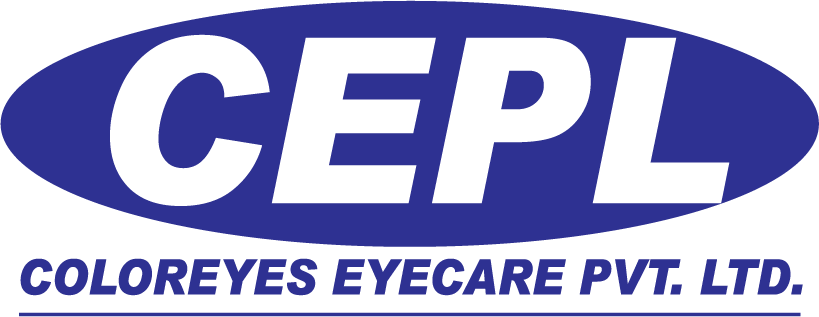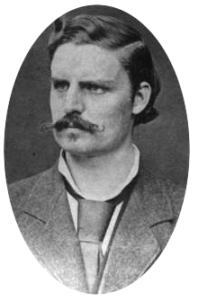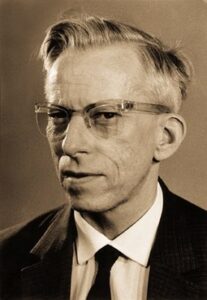The famous Italian architect, mathematician and inventor Leonardo da Vinci (1452-1519) produced the first known sketches (in 1508) that suggested the optics of the human eye could be altered by placing the cornea directly in contact with water.
Descartes proposed a device for correcting vision consisting of a liquid-filled glass tube capped with a lens. However, the idea was impracticable, since the device was to be placed in direct contact with the cornea and thus would have made blinking impossible.
In 1801, Thomas Young fashioned a pair of basic contact lenses based on Descartes’ model. He used wax to affix water-filled lenses to his eyes, neutralizing their refractive power, which he corrected with another pair of lenses.
But it’s true that when contact lenses were invented for real came much later. Many believe da Vinci’s ideas eventually led to the development of contact lenses more than 350 years afterward.
In 1827, English astronomer Sir John Herschel proposed the idea of making a mold of a person’s eyes. Such molds would enable the production of corrective lenses that could conform to the front surface of the eye. But it was more than 50 years later that someone actually produced such lenses, and there is some controversy about who did it first.
Some reports say German glassblower F.A. Muller used Herschel’s ideas to create the first known glass contact lens in 1887. Other reports say Swiss physician Adolf E. Fick and Paris optician Edouard Kalt created and fitted the first glass contact lenses to correct vision problems in 1888.
Early glass contact lenses were heavy and covered the entire front surface of the eye, including the “white” of the eye (the sclera). Because these large “scleral” lenses severely reduced the oxygen supply to the cornea, they could be tolerated for only a few hours of wear and failed to gain widespread acceptance.
In 1936, New York optometrist William Feinbloom (1904-1985) introduced scleral lenses made of a combination of glass and plastic that were significantly lighter than older glass-blown contacts.
In 1948, California optician Kevin Tuohy (1919-1968) introduced the first contact lenses that resembled modern gas permeable (GP) contact lenses of today. These all-plastic lenses were called “corneal” contact lenses because they were smaller in diameter than previous contact lenses and covered only the clear front surface of the eye (the cornea).
These early hard lenses were made of a non-porous plastic material called polymethyl methacrylate (PMMA). Though PMMA hard lenses were not gas-permeable, they were fitted so they could move with each blink, so oxygen-carrying tears could be “pumped” under the lens to keep the cornea healthy.
Properly fitted, corneal PMMA contact lenses could be worn for 16 hours or longer. Advances in lens manufacturing techniques and fitting expertise among eye doctors led to the mass appeal of these hard plastic contact lenses in the 1950s and 1960s.
Perhaps the biggest event in the history of contact lenses was the invention of the first hydrophilic (“water-loving”) hydrogel soft contact lens material by Czech chemists Otto Wichterle and Drahoslav Lim in 1959.
Wichterle and Lim’s discovery led to the 1971 launch of the first FDA-approved soft contact lenses in the United States — Bausch + Lomb’s “SofLens” brand contacts.
Because of their greater comfort, soft contacts soon became more popular than hard contact lenses made of PMMA. Today, despite the availability of rigid gas permeable contacts that often provide sharper vision than soft lenses and extremely good oxygen permeability, more than 90 percent of contact lenses prescribed in the United States are soft lenses.
Milestones in the history of contact lenses:
1508 Leonardo da Vinci illustrates the concept of contact lenses
1823 British astronomer Sir John Herschel conceptualizes practical lens design
1887 First contact lens manufactured from glass, and fitted to cover the entire eye
1939 Contact lenses first made from plastic
1948 Plastic contact lenses designed to cover only the eye’s cornea
1949, the first “corneal” lenses were developed.
1979 The introduction of rigid gas permeable contact lenses
1981 The introduction of soft extended wear contacts
1982 The launch of soft bifocal contacts
1986 The introduction of extended wear GP contact lenses
1987 The launch of disposable contact lenses
1995 The introduction of daily disposable contact lenses
1999 The introduction of silicone hydrogel contact lenses
2002 Silicone hydrogel contact lenses first marketed in U.S.
2002 Overnight orthokeratology approved by FDA
2010 Custom-manufactured silicone hydrogel lenses introduced in U.S.


 (
(